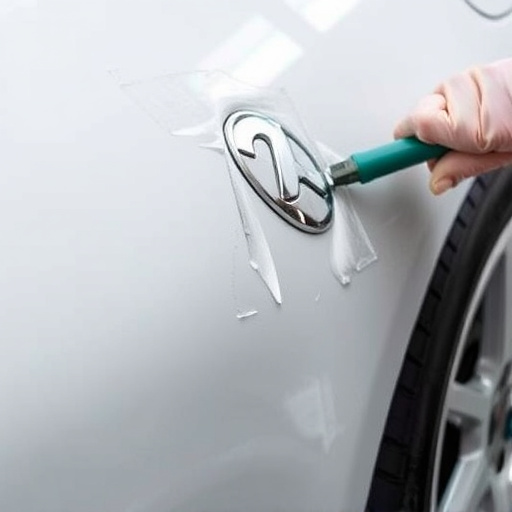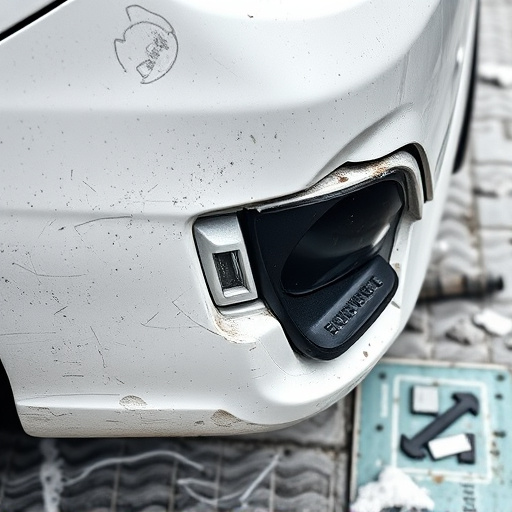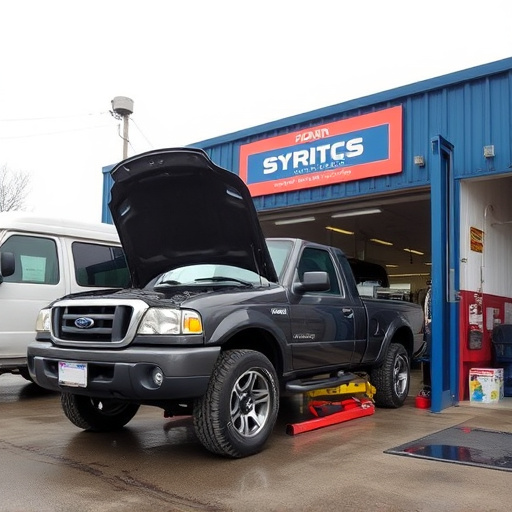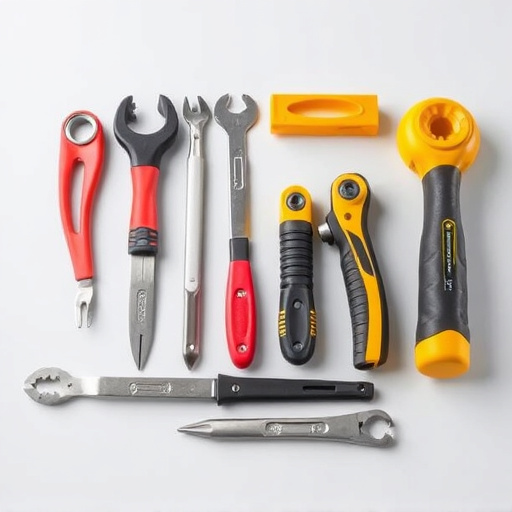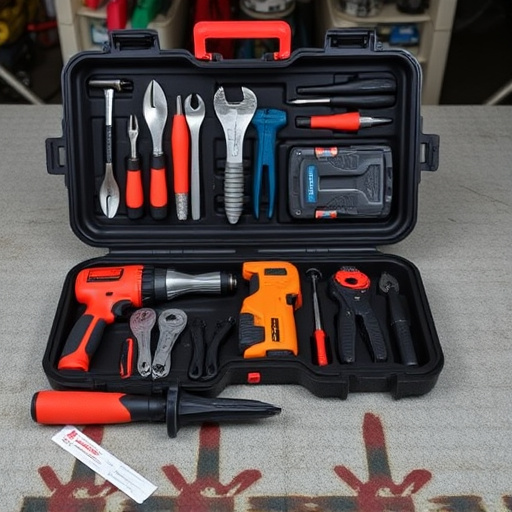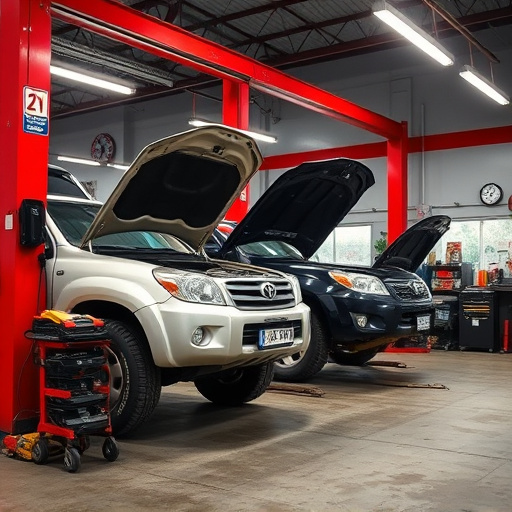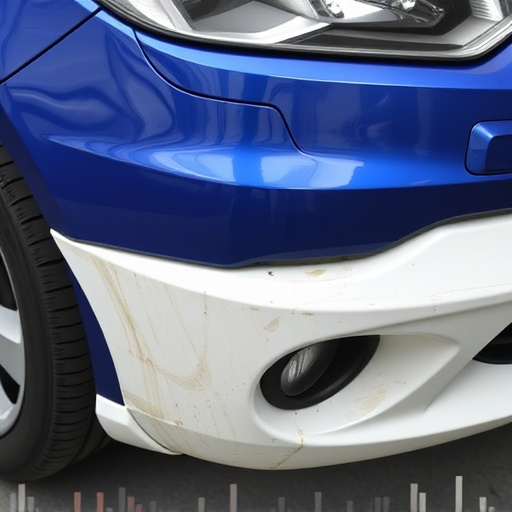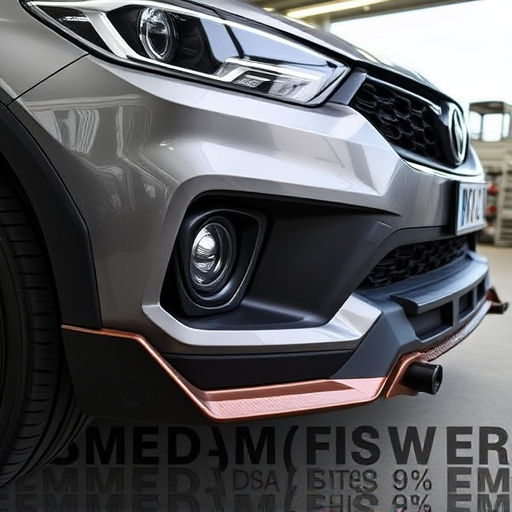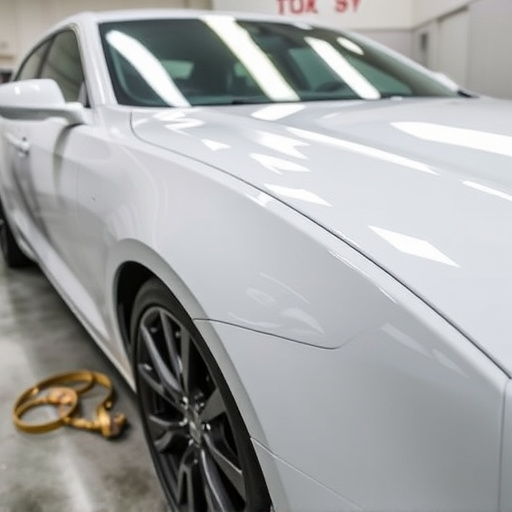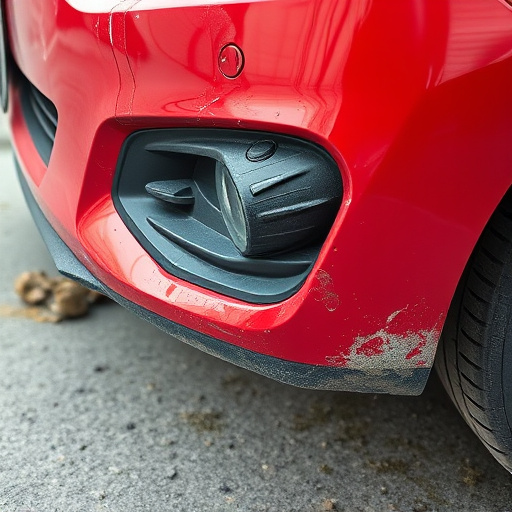Plasma cutting collision centers require strict safety protocols and specialized gear including gloves, eye protection, and respirators to protect workers from heat, electricity, and metal fumes. This safeguards against injuries like burns, cuts, arc eye, enhancing efficiency and reputation of fleet and collision repair services while ensuring a safe environment through proper ventilation.
In the high-stakes environment of collision centers, plasma cutting offers precise metal fabrication but comes with inherent risks. This comprehensive guide explores the essential safety gear required for plasma cutting operations, focusing on protective clothing and equipment tailored to collision center needs. From specialized garments to shielding and breathing apparatus, we delve into ensuring comprehensive safety during these critical processes, empowering professionals to work efficiently while mitigating hazards associated with plasma cutting in collision centers.
- Understanding Essential Safety Gear for Plasma Cutting
- Protective Clothing and Equipment for Collision Centers
- Ensuring Comprehensive Safety During Plasma Cutting Operations
Understanding Essential Safety Gear for Plasma Cutting
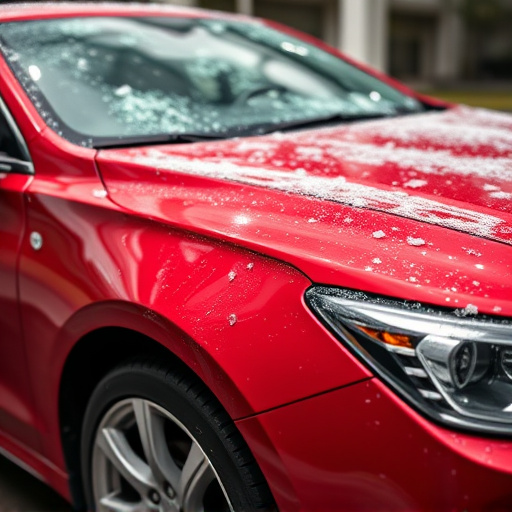
Plasma cutting, a specialized technique used in automotive collision repair and car damage restoration, requires a unique set of safety gear to protect workers from potential hazards. In the world of plasma cutting collision centers, understanding and adhering to essential safety protocols is paramount. This involves donning appropriate protective clothing, including high-quality gloves, eye protection, and respirators or masks capable of filtering out metal fumes.
Each component of this safety gear plays a crucial role in mitigating risks associated with the intense heat, arcs of electricity, and particulate matter produced during plasma cutting. For instance, specialized gloves shield hands from burns and cuts, while advanced eye protection prevents arc eye, a painful condition caused by exposure to bright light. By equipping collision center professionals with these essential safety gear items, they can efficiently perform vehicle repair services while minimizing the risk of injuries in this dynamic work environment.
Protective Clothing and Equipment for Collision Centers
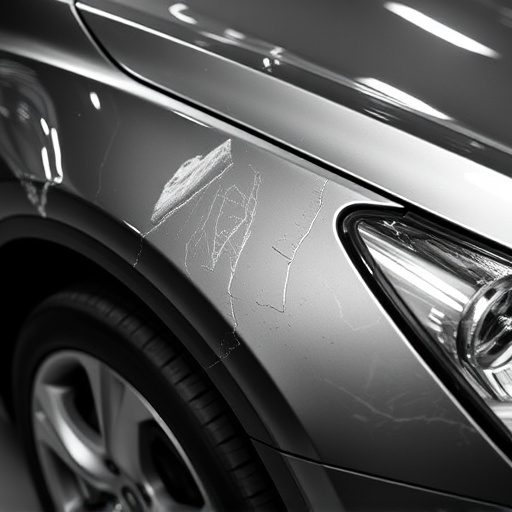
In collision centers where plasma cutting is performed, proper protective clothing and equipment are non-negotiable. Workers in these facilities deal with high-energy processes that generate intense heat, sparks, and noise, making it imperative to prioritize safety. For instance, flame-resistant garments, including long sleeves, pants, and closed-toe shoes, are essential to protect against potential fires and burns from plasma arcs. Additionally, safety goggles or face shields are crucial to safeguard eyes from flying debris and intense light emitted during the cutting process.
The environment in collision centers can be demanding, with constant exposure to metal dust and fumes. Therefore, respiratory protection is vital. Workers should wear approved masks or respirators designed to filter out hazardous particles. This is particularly important for tasks involving grinding or sanding metal, which can generate fine particles that may cause health issues if inhaled. Such protective gear not only ensures the well-being of collision repair technicians but also contributes to the overall efficiency and reputation of fleet repair services and collision damage repair centers, especially when addressing delicate scratch repairs.
Ensuring Comprehensive Safety During Plasma Cutting Operations
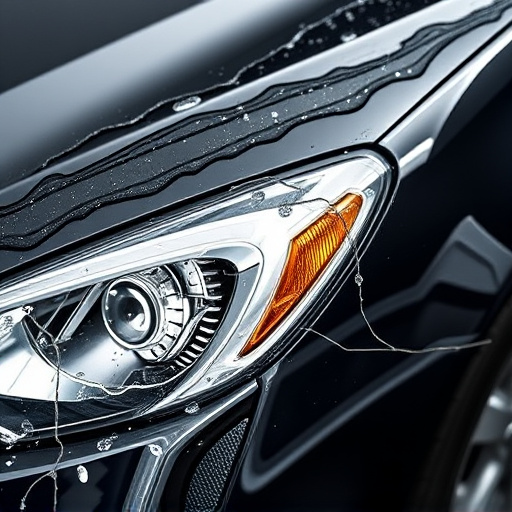
Ensuring comprehensive safety during plasma cutting operations is paramount in collision centers. This advanced technique, while offering precision and efficiency in vehicle bodywork repairs, comes with inherent risks that must be meticulously managed. In addition to standard safety protocols common in vehicle repair services, collision center staff involved in plasma cutting must wear specialized protective gear designed to shield against sparks, flying debris, and intense heat generated during the process.
Proper ventilation is another critical aspect of safe plasma cutting practices. The procedure can produce harmful gases and particles that require effective extraction to prevent health issues for workers. Collision centers should implement robust exhaust systems and ensure a constant flow of fresh air to maintain a safe and healthy environment for both employees and the equipment.
Plasma cutting in collision centers requires a comprehensive understanding of essential safety gear to mitigate risks effectively. By implementing protective clothing, specialized equipment, and stringent safety protocols, professionals can ensure a secure working environment during plasma cutting operations. Adhering to these guidelines is paramount for the well-being of workers and the successful execution of intricate cutting tasks in collision centers.
